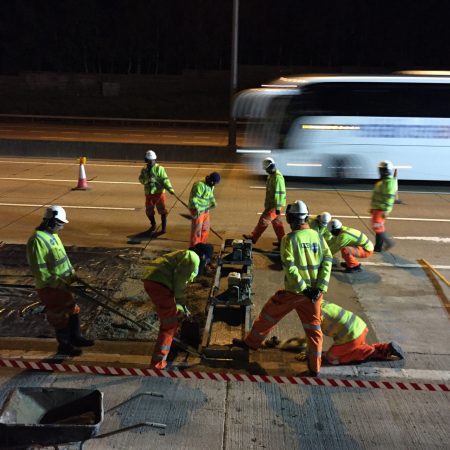Effective Mobilisation Leads to Successful Outcomes
Before any project or framework starts there will be uncertainty. This could be over precise roles and responsibilities, project goals, or expectations of stakeholders. There will be assumptions that may or may not be shared between different partners. There will be no common understanding of how goals will be agreed, tracked and reported, or how different organisations, teams and individuals will be expected to work together.
Any project or framework that fails to sweep away the uncertainties, assumptions and misconceptions before it starts will never be a complete success. That is the indispensable role played by effective mobilisation.
Our mobilisation process focuses on four key dimensions: people, process, collaboration and governance.
Selecting the right people, with the right skills, and with positive commitment to collaboration is the essential first step. These positive attributes then need to be enhanced with targeted, high quality training to fully meet the demands of the project. Equally important is appointing the right leadership teams to guide the mobilisation process. Ultimately, they must deliver the required performance levels in project delivery, health, safety and wellbeing, and customer service.
Processes aren’t there to stifle creativity and innovation; they are there to create a working environment in which these attributes can be focused on achieving project goals.
Mobilisation needs to establish how performance indicators will be monitored and which output metrics will be used tell us where to improve. It must also be clear who will own each process and be accountable for its performance.
Selecting intuitive systems tools will allow teams to focus on spotting trends and implementing mitigations, rather than filling in spread sheets. Other considerations are how BIM will improve focus on collaboration and coordination of designs and worksites, and how everyone will have 24/7 access to the latest processes and supporting documents.
Collaboration has to be more than a vague aspiration. The mobilisation phase is where collaboration has to be translated into measurable actions that determine how partners will work together to pursue the goals of the project – ahead of those of their team or organisation.
Formal collaboration means maximising our understanding of how we will work together to deliver superior value.
This is the highest level of control and must keep pace with the evolving needs of the framework over time. A risk-based approach ensures that appropriate authority is obtained for the project to pass each gateway.
Through specific training and inductions, we ensure that all of our people understand the importance of our governance frameworks. Active management of the governance system ensures that risks and issues that are too large for an individual project team to manage can be escalated and resolved.
Mobilisation needs to be planned as meticulously as any project. Typically, we would use a four-phase approach starting with pre-mobilisation. This ensures that we:
● truly understand the desired outcomes of the framework or project.
● engage with our design partners, suppliers, delivery teams, to define the value proposition.
● undertake maturity assessments in safety, customer service and project management.
● assess our proposed team to ensure they are the perfect fit.
Effective mobilisation is essentially about eliminating the risks that arise from poorly defined goals and shaky communications. That’s why no project or framework can succeed without it.

